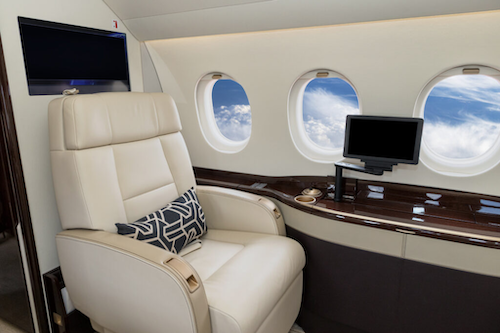According to Massivit 3D, the rapidly evolving field of 3D printing could revolutionise the way aircrafts are designed and manufactured, driving new efficiencies and innovations in an industry known for its precision and technical sophistication.
Aerospace manufacturing has always presented unique challenges. These include the need for precise, lightweight components, high costs of developing and storing spare parts, and long lead times for traditionally manufactured items. Enter 3D printing, a technology that allows for rapid prototyping, customisation, and the production of complex, lightweight designs.
Large-scale 3D printing takes these benefits a step further. It allows for the production of larger bigger parts, reducing assembly requirements and further speeding up the manufacturing process. This can lead to substantial cost and time savings, all while maintaining or even improving the quality and performance of components.
Large-scale 3D printing technology can be deployed in several critical areas of aerospace manufacturing:
Design and prototyping: in the aerospace industry, designing and testing are crucial steps in product development. With 3D printing technology, large and intricate parts, such as wing sections or fuselage models, can be rapidly prototyped and at a fraction of traditional manufacturing costs. This allows engineers to evaluate designs and make necessary modifications efficiently, speeding up the overall design process and reducing time to market.
Manufacturing: 3D printing can produce a range of essential production tools like jigs, fixtures, moulds and mandrels on-demand. For example, a complex mould required for casting a new jet engine component can be printed directly, eliminating the need for a lengthy fabrication process. This reduces inventory needs and allows for more flexible production scheduling and more efficient use of resources.
Customisation: The ability to customise parts with 3D printing opens up a new world of possibilities for tailoring aircraft to specific requirements. For instance, unique interior fittings for luxury private jets, or specially designed components for drones or small satellites, can be created with high precision. This level of customisation enhances both performance and user experience.
When it comes to repairs, speed is of the essence in the aerospace industry. Damaged parts, such as a broken cabin fixture or a damaged drone propeller, can be replaced quickly and easily using 3D-printed parts. This means less downtime, lower maintenance costs, and increased operational efficiency.
As 3D printing technology continues to advance, its role within the aerospace sector is likely to grow. From more extensive use of advanced materials to further development of software and quality control methods, there’s much to look forward to.
MASSIVIT 3D
https://www.massivit3d.com







Leave A Comment